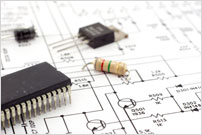October 2012 Issue
A summary of this month's contents.
TOSlink-S/P DIF Converter

Using this simple project you can easily convert between the two most popular audio digital formats. If you have a DVD or CD player with an optical TOSlink output, but your amplifier only has coaxial S/PDIF inputs for example, then this simple converter will allow you to interface them together. Or if you suffer from hum from your speakers when running digital audio via a coaxial cable then this converter may be the solution.
Two projects are described: a S/PDIF > TOSlink converter and TOSlink > S/PDIF adaptor. They require cheap mains adaptors (a spare one will do) and a system can easily be built that transmits audio from one room to another without degradation.
Digital Lighting Controller (Part 1)
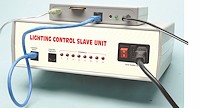
Our Digital Lighting Controller can take your mains Christmas lighting display to the next level! It will flash, dim lights up or down and sequence them automatically to a soundtrack stored on an SD or MMC card. The design consists of a master sequencer unit and an eight-channel slave for driving mains lighting directly, up to four slaves (= 32 channels) can be connected.
Intended for resistive mains loads such as incandescent (filament) lights, other applications include museum-piece or diorama illumination and control, with an audio narrative stored on MMC and pressing a button activates a narration while the appropriate sections are lit up in turn. Or it could be used in an art or music project where different sections are illuminated or devices are powered up or down.
Opto-coupled triac mains outputs. Remote control function, filament preheat, volume control PIC33FJ64 powered, free source code will be available from our Library next month.
![]() For experienced and skilled constructors only.
For experienced and skilled constructors only.
Ultrasonic Anti-fouling for boats (Part 2)
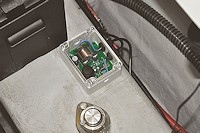
In the second part of our marine anti-fouling system, the assembly of the powerful ultrasonic transducer is described. Full colour photos and all practical details are included to enable assembly and installation into the vessel’s hull to be completed with confidence.
Designing and installing a hearing loop for the deaf (Part 2)
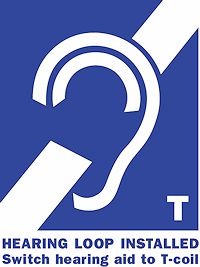 In Part One we introduced the application and principles of hearing aid loop systems, describing a good quality receiver and suggestions for a suitable “transmitter” based on several of our audio amplifier designs.
In Part One we introduced the application and principles of hearing aid loop systems, describing a good quality receiver and suggestions for a suitable “transmitter” based on several of our audio amplifier designs.
This month we look at some commercial products along with more practical considerations when assembling a hearing loop system.
Jump Start (Part 6)
A series of simple circuits specially written for newcomers or students in electronics to enjoy, majoring on Circuit Wizard software to simulate them on a Windows PC. Practical details for constructing the projects are also provided. This month some ghostly LED flashers and audio squeakers are suggested, just in time for Halloween!
Also in this month’s issue:
- Circuit Surgery – our in-house surgeon Ian Bell continues his in-depth exploration of analog-to-digital converts (ADCs).
- Interface – practical opto-electronic circuits for use as sensors or detectors.
- Techno Talk – on mobile phone recycling, the effect of 4G services on Freeview TV, and asks, will the valve (vacuum tube) make a come-back?
- Net Work – the Internet column – Martian Curiosity, upgrading to Windows 7, the latest developments in tablets.
Every issue of EPE is packed with interesting articles, specialist advertisements, editorial, readers’ letters and lots more, so if you’re a keen hobby electronics enthusiast then EPE is bound to have something for you!
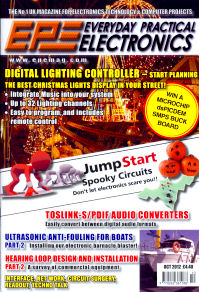
Source code (none this month)
PCB files pcb1012.zip
![]() Software for the Digital Lighting Controller project is in the November 2012 section of the Library.
Software for the Digital Lighting Controller project is in the November 2012 section of the Library.

